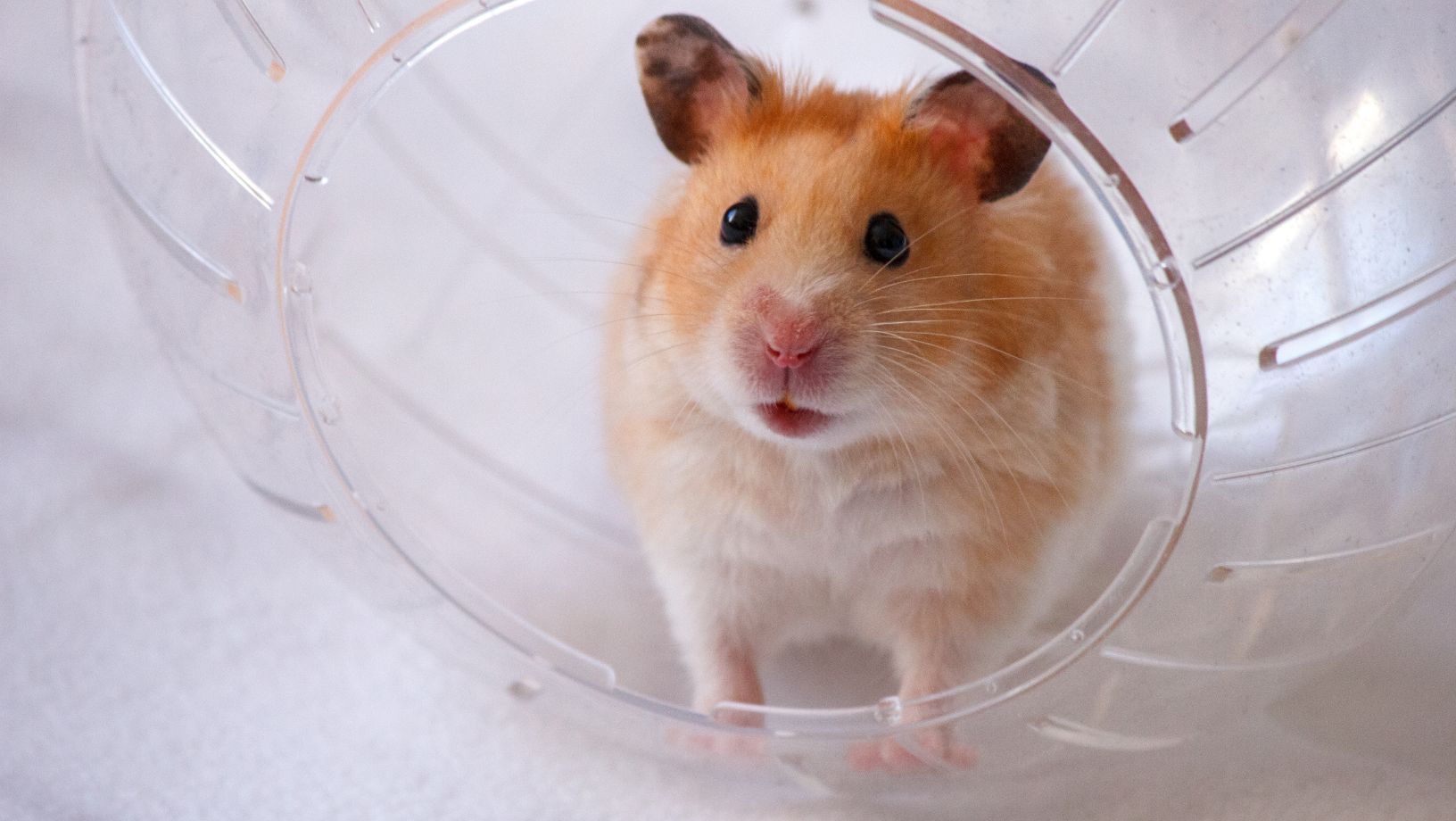Hamster Class Pets

In this Article
Do hamsters and kids make a good match? With proper handling, hamsters can be great pets for children. Whether you’re considering welcoming a hamster into the family or into the classroom, there are a few things to keep in mind. Though they are small, hamsters still require a considerable amount of care and attention, so take into account the amount of commitment that they require before you leave the pet store with one.
How Do I Handle A Hamster Safely?
Whether an adult or a child who is holding your pet, properly handling your hamster is imperative to keeping both you and your hamster safe and comfortable.
Keep the following tips in mind when picking up your furry friend:
- **Wash your hands with unscented soap.**Hamsters use their sense of smell to identify things. If you’ve previously held another hamster in your hands, the hamster you’re holding may think they’re being attacked. And if you use a scented soap that smells like fruit, your pet could confuse your hand for its food!
- Gently wake them. If they’re sleeping, be sure to approach them calmly, then softly wake them from their nap, being careful not to startle them.
- Use two hands. Using both hands, gently scoop the hamster out of the habitat. Be sure toput one hand under its bottom for support.
- Hold on securely**.**Hamsters can be wiggly little critters! Keep your hands tight enough to keep wriggling at a minimum but not so tight that you squeeze. It is sometimes helpful to hold them while sitting on the ground until you are very comfortable holding your new pet.
- Keep them at arm's length. Don’t put a hamster too close to your face–it can make them nervous!
- Don’t let them out of your sight! This cute little critter may want to roam around the room, but that can be dangerous–especially around electrical cords. So, keep your eyes on these guys! A watchful adult is always recommended.
What Do I Need to Care for a Hamster?
There are a few small pet supplies you should invest in before bringing one of these adorable pets into your home or classroom. Hamsters need a large habitat, some toys to keep them entertained, litter and bedding, a hamster wheel, a feeder and water bottlefor their habitat, hay,food and treats to snack on. And of course, a whole lotta love!
Hamsters and Kids: Should I Let A Child Hold My Pet Hamster?
As long as the child is taught the right way to interact with and hold the hamster, it can be safe to let a child hold your cute little critter. Children should always have adult supervision when handling hamsters to protect both the child and the pet. Small children often tend to love on these little critters just a little too much, and can squeeze too tightly. Before letting a child hold your pet hamster, explain to them that hamsters prefer to be held softly and gently.
Hamster Class Pets: Introducing a Hamster to Your Classroom
Teachers, as well as students, will enjoy being involved in caring for a classroom hamster. Before bringing a hamster into the classroom, you should make sure none of your students have small pet allergies and it’s also a good idea to consider how each student will behave with this small creature.
How Much of a Commitment is a Hamster Class Pet?
Hamsters need regular care just like other pets–even when school isn’t in session–so make sure that you’re able to give your hamster the proper care, even on weekends and holidays.
Vet checks, too, are something to keep in mind. Every hamster needs food and habitat maintenance every day, as well as lots of love and affection.
Caring for a classroom hamster is more than just fun — it’s a powerful way to teach children empathy via a living, feeling creature. It’s best to have a youthful classroom hamster, about three or four weeks old, that will grow up learning to be handled. As for students, expect them to bond while caring for their furry friend.
Hamsters can be a great pet for your home as well as at school, but they’ll be relying on you.
Information in this article is not intended to diagnose, treat or cure your pet and is not a substitute for veterinary care provided by a licensed veterinarian. For any medical or health-related advice concerning the care and treatment of your pet, contact your veterinarian.
